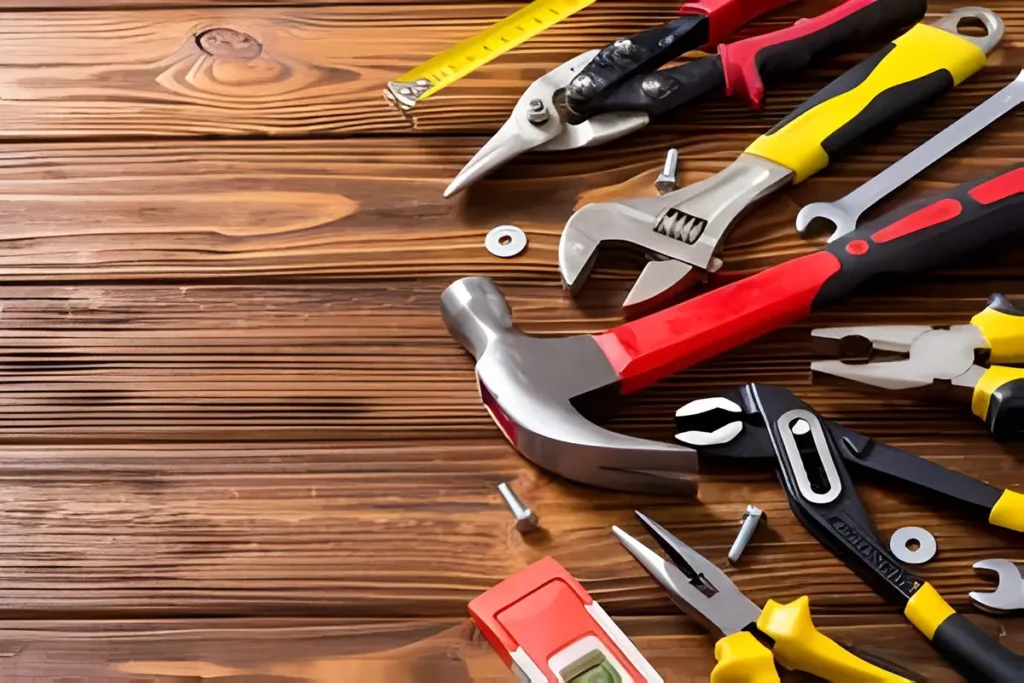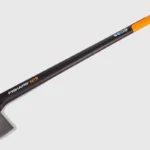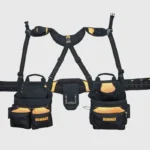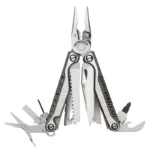The development of hand tools has been a cornerstone of human progress. From simple implements used by early humans to the sophisticated devices in today’s high-tech environments, hand tools have continually evolved to meet the changing needs of industries and individuals alike. This evolution has been marked by a significant transformation, especially in recent decades, with technological advancements that enhance efficiency and productivity while ensuring safety and sustainability.
Latest Innovations in Hand Tools

Innovation in hand tools has accelerated, driven by advancements in battery technology, smart features, and ergonomic design. Let’s explore some of the most significant innovations:
Cordless Technology
The shift towards cordless tools has been a game-changer in various industries, from construction to home improvement. Modern cordless tools are not only easier to handle but also match or exceed the power of traditional corded tools. Companies like Milwaukee, DeWalt, and Makita have introduced products like the M18 FUEL series, which offer powerful, battery-operated solutions that promise convenience without sacrificing performance. These tools leverage high-capacity lithium batteries that significantly extend their usability on a single charge.
Smart Technology Integration
The integration of Bluetooth and Wi-Fi into hand tools allows for seamless connectivity to smartphones and tablets. This integration enables features such as tool tracking, inventory management, and performance diagnostics, all accessible from mobile apps. For instance, Milwaukee’s ONE-KEY system offers customization and tool control that enhances the user experience by allowing the adjustment of speed, torque, and power settings directly from a smartphone.
Ergonomic Designs
Ergonomics play a crucial role in tool design, influencing user comfort and long-term health. Innovations in this area include redesigned handles and grips that reduce strain on the hands and wrists, lightweight materials that minimize fatigue, and balanced tool distribution that ensures ease of use even during extended periods. These ergonomic improvements are not only enhancing user comfort but are also improving efficiency on job sites by allowing for longer work periods with less physical toll.
Impact of Technological Advancements on Tool Use
The advancements in hand tools have brought about profound impacts on how tools are used in professional and personal settings:
Increased Productivity
Cordless tools with extended battery life and enhanced power capabilities have significantly reduced the time needed to complete tasks. Tools that once required physical cables or were limited by battery life now offer prolonged operational periods and portability, which boosts productivity across various job sites.
Improved Safety
Technological innovations have also introduced numerous safety features, such as automatic shut-off, electronic clutches, and kickback protection, which help prevent common injuries associated with power tools. For example, modern drills and saws include sensors that detect bind-up situations and stop the tool to prevent accidents.
Environmental Impact
With an increasing focus on sustainability, the hand tool industry is seeing a shift toward tools that are both energy-efficient and less reliant on fossil fuels. The rise of electric and battery-operated tools reflects this shift, reducing emissions and decreasing the industry’s environmental footprint.
Sustainability in Tool Production
As the world becomes more environmentally conscious, the tool industry is not lagging behind in adopting sustainable practices. Manufacturers are increasingly turning to recycled materials and sustainably sourced components to construct their tools. For instance, the use of biodegradable plastics and recycled metals can significantly reduce the environmental footprint of production processes. Companies are also exploring the use of renewable materials such as bamboo and biocomposites in tool handles and bodies, which offer durability while being eco-friendly.
The tool industry is also improving the energy efficiency of its manufacturing processes. This involves optimizing production lines and utilizing renewable energy sources like solar and wind power. Such practices not only decrease the overall energy consumption but also reduce greenhouse gas emissions associated with production.
With the increasing volume of electronic waste, tool companies are focusing on the recyclability of their products. Many are designing tools that can be easily disassembled for recycling at the end of their life cycle. Programs that allow users to return used tools for recycling or refurbishment are becoming more common, aiding in the reduction of waste.
The Future of Hand Tools
The future of hand tools looks bright, with numerous emerging technologies poised to further revolutionize this industry. Here’s what we can anticipate:
- Integration of AI and IoT: Artificial intelligence and the Internet of Things are set to make tools smarter than ever. Future hand tools might predict maintenance needs, adjust settings automatically based on the task, and even provide guidance to optimize user technique and safety through real-time feedback.
- Advanced Materials: The use of nanomaterials and advanced composites will likely increase, offering new levels of strength, durability, and lightweight properties without compromising on performance. These materials could redefine the standards for tool manufacturing, particularly in high-stress environments.
- Augmented Reality (AR) Applications: AR is expected to integrate with hand tools to provide virtual overlays that guide precision tasks, offer safety warnings, and display step-by-step instructions in real-time. This technology could significantly enhance the accuracy and outcomes of both DIY projects and professional contracts.
The ongoing innovations in hand tools are not just enhancing the practical aspects of these devices but are also paving the way for a more sustainable and efficient future. As we continue to see advancements in technology, materials, and sustainability practices, the impact on productivity, safety, and environmental stewardship is profound. Hand tools have evolved from simple manual devices to complex instruments that are integral to modern construction, renovation, and manufacturing processes.

Matthew Dowell
Matthew, a seasoned builder from a family of craftsmen, leads Tools Trove. His passion for tools and decades of hands-on experience fuel his commitment to providing expert reviews and insightful content. Whether you’re a pro or a DIY enthusiast, Matthew’s guidance ensures informed decisions in the world of tools.




